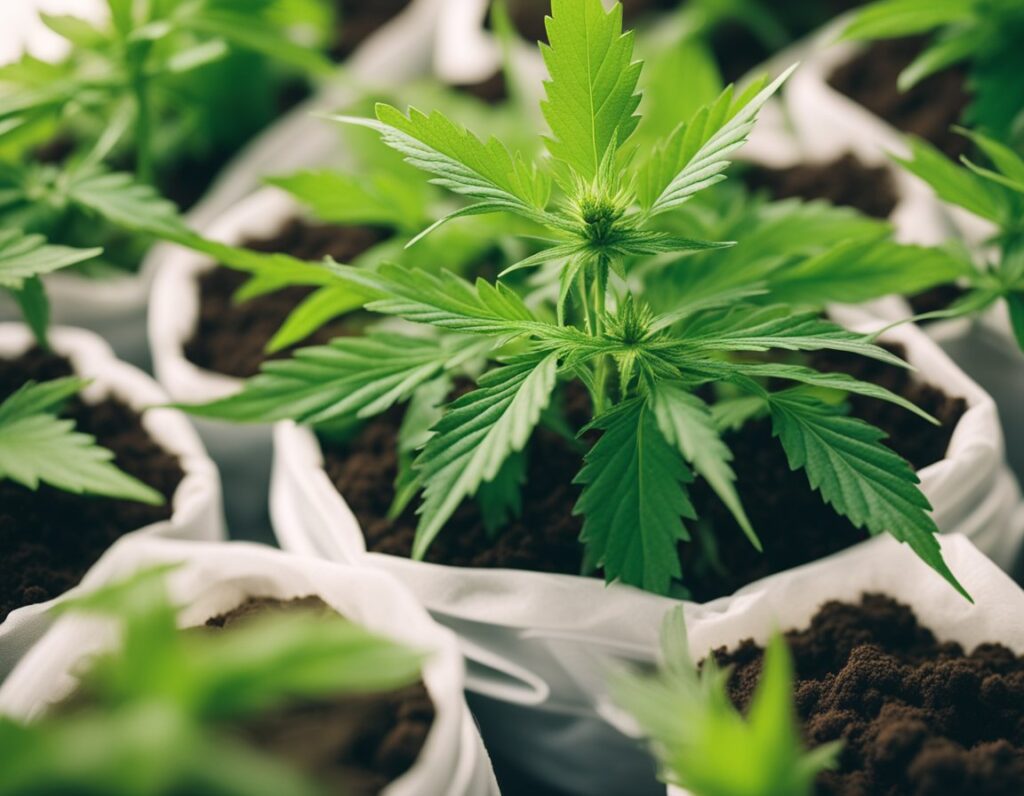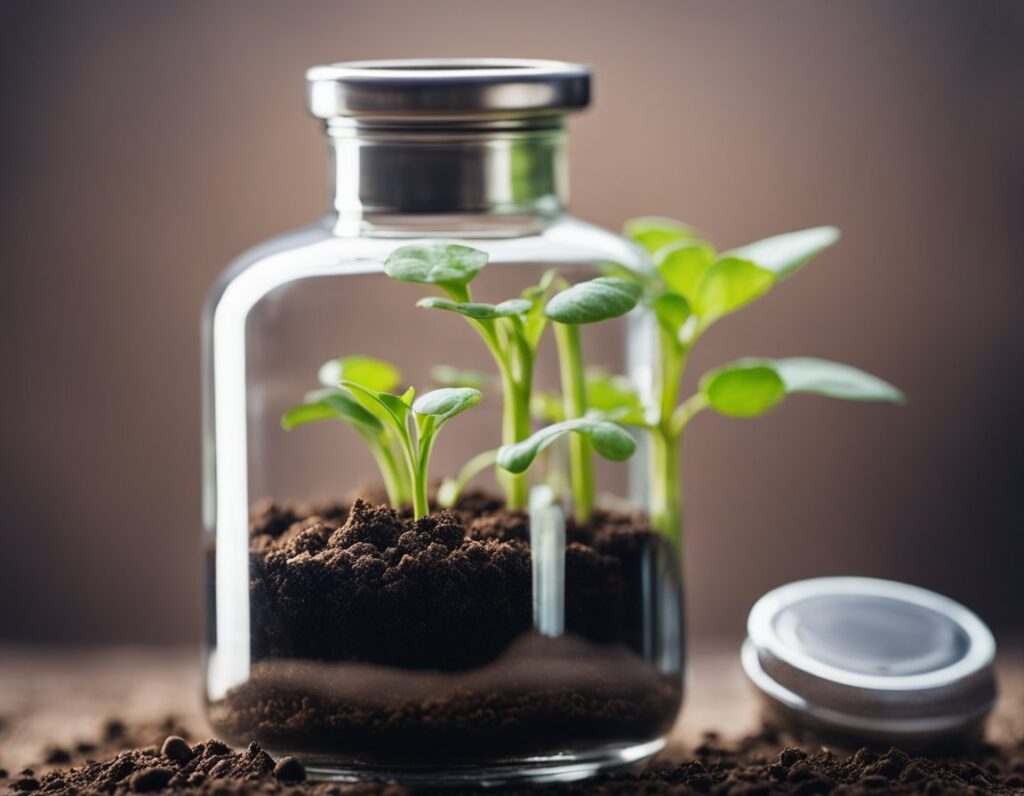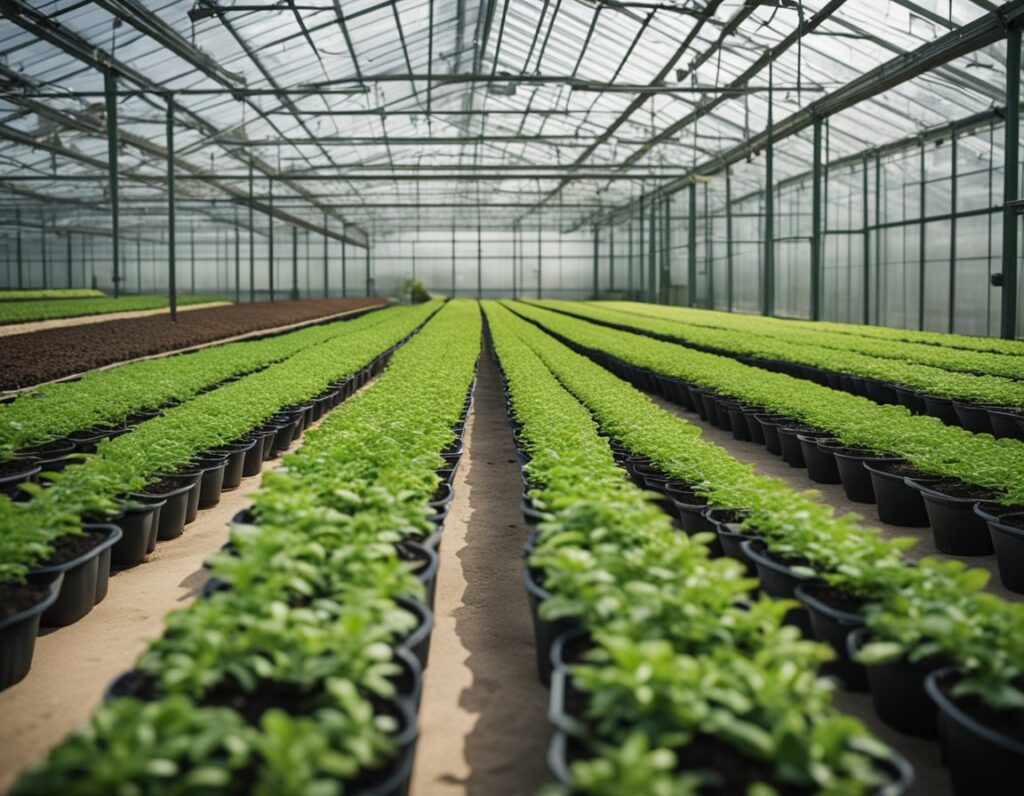
To grow thriving Cookies cannabis seeds, understanding nutrient needs and soil conditions is crucial. You’ll need to balance both macro and micronutrients while ensuring the soil offers the right chemical and physical characteristics for nutrient uptake.
Cannabis plants require a range of macronutrients such as nitrogen (N), phosphorus (P), and potassium (K), often noted as N-P-K. Nitrogen plays a vital role in leaf growth, while phosphorus is essential for root and flower development. Potassium helps in overall plant health and disease resistance. Ensure these are applied in balanced proportions throughout different growth stages.
Micronutrients like iron, manganese, and zinc, though needed in smaller amounts, are equally important. A deficiency can cause visible plant stress. Using a fertilizer that includes both macro and micronutrients is beneficial. Regular soil tests are advisable to monitor nutrient levels and adjust your feeding regimen accordingly.
Soil quality is crucial for cookies seeds. A well-draining, nutrient-rich medium with a pH of 6 to 7 will foster growth. Organic matter, like compost, enriches soil quality, improving moisture retention and providing slow-release nutrients.
Amendments such as coco coir can enhance soil structure, aeration, and water retention. Perform soil tests to tailor amendments to your soil conditions, ensuring the pH and nutrient levels are optimal. Regular monitoring and adjusting can maximize yield and plant health, supporting effective nutrient uptake for healthy cannabis development.

Growing Cookies cannabis requires careful attention during germination and the seedling stage. From selecting the right germination technique to providing the necessary nutrients, every step is crucial in ensuring healthy and vibrant growth.
Germinating Cookies cannabis seeds can be efficiently done using the paper towel method. This method involves placing seeds between moist paper towels, then covering them with a plate or plastic wrap to retain humidity. Keep them in a warm, dark space. Check daily, as seeds usually sprout in 48 to 72 hours.
Select high-quality seeds, preferably feminized, for higher success rates. A temperature range of 70-85°F (21-29°C) is ideal to facilitate quick germination. Ensure the towels remain moist but not waterlogged, as excess water can cause rot.
After germination, transfer your seedlings to a medium like coco coir. This medium offers excellent aeration and moisture retention. Maintain a temperature of 70-77°F (21-25°C) and humidity levels around 65-70%.
Provide a balanced nutrient solution with reduced nitrogen levels initially, increasing as the plants develop. Light is also critical; use fluorescent or LED lights at 18-24 inches above the seedlings for 18 hours daily to promote robust growth.
Regularly monitor the pH levels, keeping them between 5.5 and 6.5. Proper care during the seedling stage sets a strong foundation for the Cookies cannabis plant’s future growth and health.

During the vegetative stage, providing the right nutrients is crucial. Focus on the balance between feeding schedules and nutrient ratios. Ensure your plants develop strong roots and foliage.
In the early vegetative phase, foster root development with a balanced regimen. Start with higher nitrogen (N) levels as they support foliage growth.
A typical feeding schedule might include applying nutrients every other watering. Nutrient ratios such as 3-1-2 for N-P-K (Nitrogen, Phosphorus, Potassium) can promote healthy development. It’s essential to monitor pH levels, keeping them between 6.0 and 6.5 for best nutrient uptake. This ensures roots can effectively absorb essential macronutrients.
As your cannabis plants progress, adjust their nutrient intake. Increase the potassium (K) level slightly while maintaining sufficient nitrogen (N) for lush foliage.
Consider a ratio of 4-2-3 N-P-K during this period. Adapt the feeding schedule by gradually increasing the nutrient solution’s strength. This helps plants become more resilient and prepares them for the flowering phase.
Regularly check plant health and watch for signs of nutrient deficiency, such as yellowing leaves, which may indicate a nitrogen shortfall. Knowing these signs allows timely adjustments to ensure vibrant and thriving growth.

During the flowering stage, bud formation and resin production in Cookies seeds are crucial. Adjusting nutrient levels, particularly phosphorus and potassium, plays a significant role. Enhancing potency and aroma relies on carefully balanced cannabinoids.
To support optimal flowering, adjust the nutrient mix to emphasize phosphorus (P) and potassium (K). Phosphorus is vital for bud growth and ensures robust development. It fosters energy transfer and metabolic processes, which enhance flowering. On the other hand, potassium supports water regulation within the plant and bolsters resin production.
Reduce nitrogen levels during this phase to prevent excessive vegetative growth. Implement a nutrient schedule that gradually increases phosphorus and potassium as flowering progresses.
Continuous monitoring of nutrient levels is essential to avoid deficiencies and imbalances. Regularly test the soil or growing medium to maintain optimal pH ranges. This creates an environment conducive to maximum resin and bud development.
Improving the THC content and overall aroma requires focus on cannabinoid production. Potassium plays a critical role here as well, supporting resin synthesis and contributing to higher THC levels. Adjust lighting schedules to encourage flowering and use full-spectrum lights to foster better cannabinoid profiles.
Employ techniques such as controlled lighting and temperature manipulation to enhance aroma. Cool nighttime temperatures can improve terpene production, enriching the aroma and flavor profile of Cookies strains.
Additionally, consider incorporating organic supplements that boost terpene levels. Utilize products with terpenes and essential oils to further encourage aromatic richness. This approach aids in creating Cookie strains with high profiles in both potency and appeal.

To maintain the potent effects of your cannabis, focusing on the right timing for harvesting and executing optimal drying and curing practices is essential. These steps ensure high THC levels and the preservation of terpenes.
Harvesting at the right moment is critical for capturing the full potency of your cannabis. Aim to harvest when the trichomes are mostly milky white with some turning amber. This stage offers the highest levels of THC.
Regularly monitor your plants using a magnifying glass or a microscope. Observe the pistils on the flowers; they should be about 70-90% darkened. Avoid waiting too long, as delaying can lead to decreased potency and altered effects.
Once harvested, drying and curing become crucial for preserving cannabinoids and terpenes. Hang plants upside down in a space with good ventilation at 45-55% humidity. Maintain a temperature between 60-70°F.
After drying for 7-14 days, move on to curing. Trim the buds and place them in airtight containers. Open the containers daily for the first two weeks to release excess moisture, gradually reducing this frequency.
Proper curing lasts 2-8 weeks, enhancing flavor and smell. This slow process stabilizes THC content and helps achieve a relaxing high. By regulating humidity and airflow, you ensure the potency and essence of your crop.
When cultivating Cookies cannabis, maintaining optimal nutrient levels is crucial for healthy growth. You’ll need to be aware of potential nutrient deficiencies and how to prevent issues like nutrient lockout and burn.
Nutrient deficiencies can severely impact the growth of Cookies cannabis strains. Key nutrients such as nitrogen, phosphorus, and potassium must be monitored closely.
Using soil tests can help determine specific nutrient levels. Opt for a balanced nutrient solution or organic nutrients to address deficiencies. Ensure proper pH levels (around 6.0-6.8 for soil) to aid nutrient absorption.
Nutrient lockout occurs when Cannabis plants are unable to uptake nutrients due to pH imbalances or excess salts. This can lead to stunted growth and leaf discoloration, similar to deficiencies.
To prevent lockout, regularly check and adjust the pH of your water and nutrient solutions. Flush your plants with pure water periodically to eliminate salt buildup.
Nutrient burn presents with brown or burnt leaf tips and occurs from over-fertilizing. Follow recommended dosages for nutrient solutions and monitor closely. Start with half-strength solutions when using new fertilizers to gauge response.
Proper timing and selection of nutrients are crucial for growing lush Cookie seeds. Different growth stages require specific nutrients to optimize plant health and yield.
You should begin nutrient administration when your plants have developed their second set of true leaves. This typically occurs around the two-week mark after germination.
Start with a balanced nutrient mix during the early stages and increase the nutrient concentration as plants mature. It’s beneficial to align applications with natural sunlight patterns to optimize plant absorption.
Nitrogen, phosphorus, and potassium are essential during this phase, with nitrogen taking precedence to support leaf development. Additional elements like calcium and magnesium also contribute to plant health.
Look for fertilizers that balance N-P-K ratios appropriately for each growth stage. Products specifically designed for cannabis often contain micronutrients and additives that support overall plant vitality.
Administer nutrients every one to two weeks, ensuring you follow the manufacturer’s recommended dosage. Be mindful of signs of nutrient burn and adjust as needed.
We ship and deliver world wide via USPS and various couriers.
We offer a wide range of secure and anonymous online payment options.
We care about you, our customer. Please contact us with any questions or concerns.
Find out more about the benefits of being a loyal and regular customer.
WE ARE EVERY GROWERS ONE STOP SHOP TO ACQUIRE PREMIUM CANNABIS SEEDS FOR SALE IN THE USA, CANADA AND AUSTRALIA

Farmers Lab Seeds 2024, | All Right Reserved
Seeds are sold as novelty items, souvenirs, and collectibles. They contain 0% THC. We encourage our customers to check the legislation in their Country, State, Province, and Municipality prior to purchasing items from our store. We do not provide growing information.
All seeds are sold as hemp, and lab tested under 0.3% THC. This product is not for use by or sale to persons under the age of 21. This product should be used only as directed on the label. It should not be used if you are pregnant or nursing. Consult with a physician before use if you have a serious medical condition or use prescription medications. A Doctor’s advice should be sought before using this and any supplemental dietary product. All trademarks and copyrights are property of their respective owners and are not affiliated with nor do they endorse this product.
These statements have not been evaluated by the FDA. This product is not intended to diagnose, treat, cure or prevent any disease. Individual weight loss results will vary. By using this site, you agree to follow the Privacy Policy and all Terms & Conditions printed on this site. Void Where Prohibited by Law.